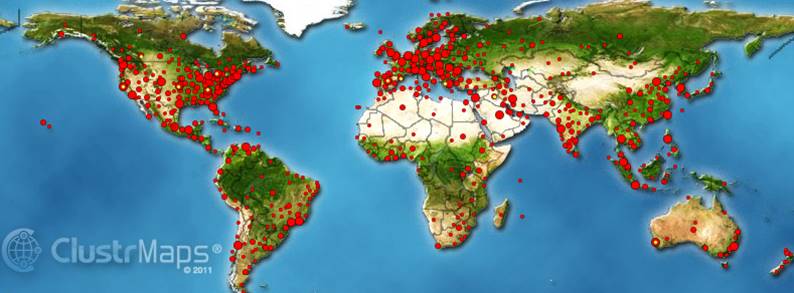

|
SADA Main Page
Free Downloads
Visualization
Sampling
Data Exploration
Risk Assessment
Geospatial Analysis
Geospatial Simulation
Decision Analysis
Cost Benefit Anaylsis
MARSSIM
TRIAD
Other Tools
Technical Support
Documentation
Coming Soon
Training
Education
Applications
Join SADA User Group
RAIS
Bugs
People
Email Us
Current SADA Webpage Vistors Previous SADA Webpage Visitors  |
Spatial Analysis and Decision Assistance
|
Sampling DesignsSADA provides both initial and secondary sampling designs. Initial designs are provided in two forms. The first form is the usual battery of statistically oriented sample designs comprised of random and varios gridded designs. The second form is more of a targeted or informed approach where some knowledge about the site exists and investigators want to take advantage of that knowledge to increase the probability of discovery or other similar objectives. Targeted forms are based on themes discussed next in the secondary sampling designs. These forms require a spatial delineation of information. SADA allows you to import this kind of information from the outside. Then based on this information users may want to target designs that concentrate on highly suspect areas or increase the chance of finding subsurface contaminants/objects. Examples include geophysical mappings, historical sampling, or professional judgement. SADA provides the full set of tools for performming a MARSSIM analysis as well. Please click here for more information. Secondary sampling designs are targeted design that takes advantage of a geospatial model or perhaps to better informa that model.Judgmental designs are possible as well. In this approach users can manually locate new samples in either an initial or secondary design capacity. There are many sample design methods in SADA and we only briefly mention them here. Initial Sample DesignsThe following are traditional statistically motivated designs.
Secondary Sample DesignsThe following are secondary sample designs.
For the majority of these designs, the user can apply them to both 2d or 3d sites. For 3d sites, users can control such properties as coring and other engineering constraints. After a design has been created it can be stored and exported out to standard .csv (Excel) files for use in the field. Users can also calculate the number of samples required with or without spatial placement. Currently two methods based on the sign test and wilcoxon rank sum statistic are used. |
SADA Main Page Free Downloads Visualization Sampling Data Exploration Risk Assessment Geospatial Analysis Geospatial Simulation Decision Analysis Cost Benefit Anaylsis MARSSIM TRIAD Other Tools Technical Support Documentation Coming Soon Training Education Applications Join SADA User Group RAIS Bugs People Email Us
